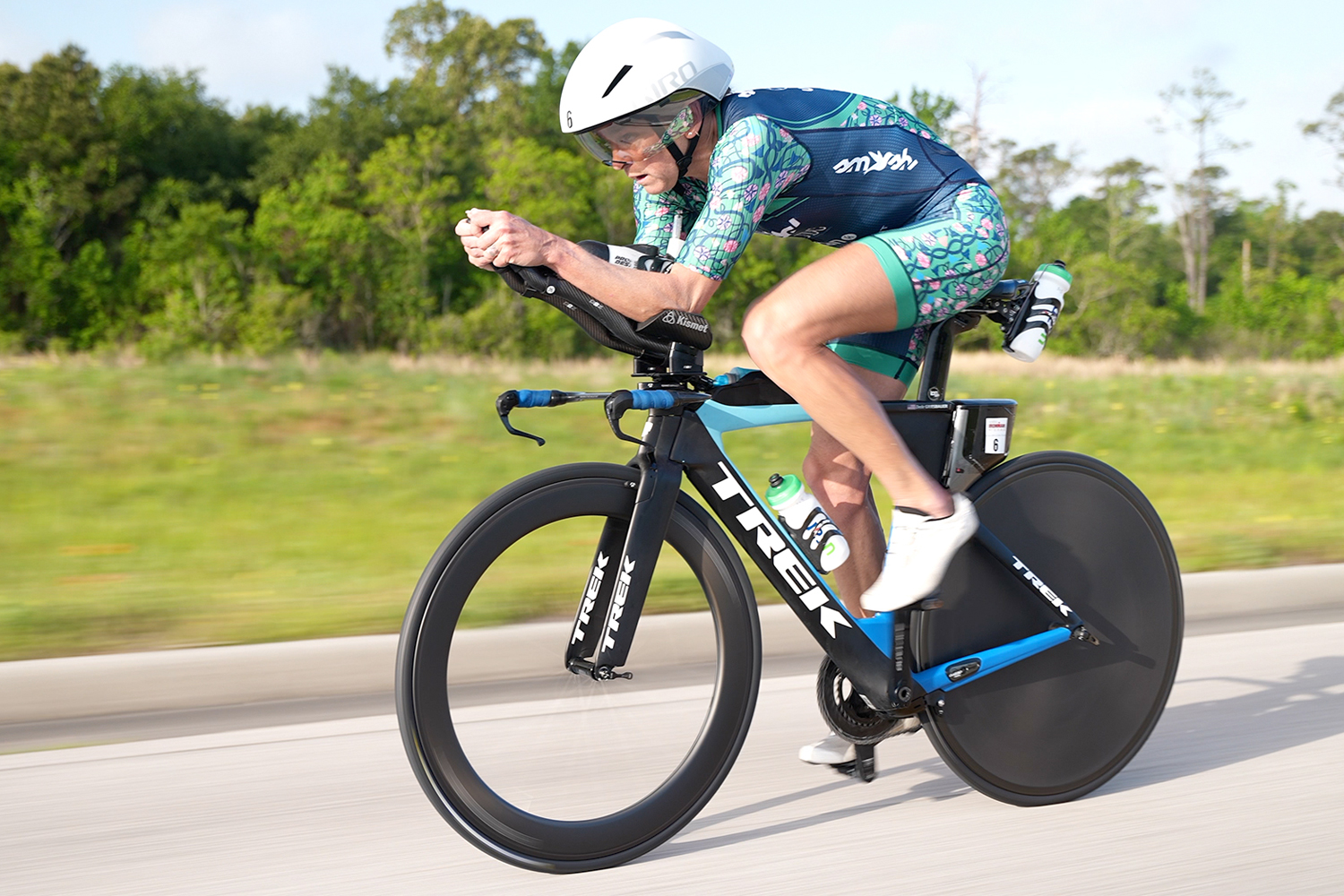
Training mistakes are costly for masters athletes. Coaches who are savvy to aging position their clients for a lifetime of performance.

Training mistakes are costly for masters athletes. Coaches who are savvy to aging position their clients for a lifetime of performance.